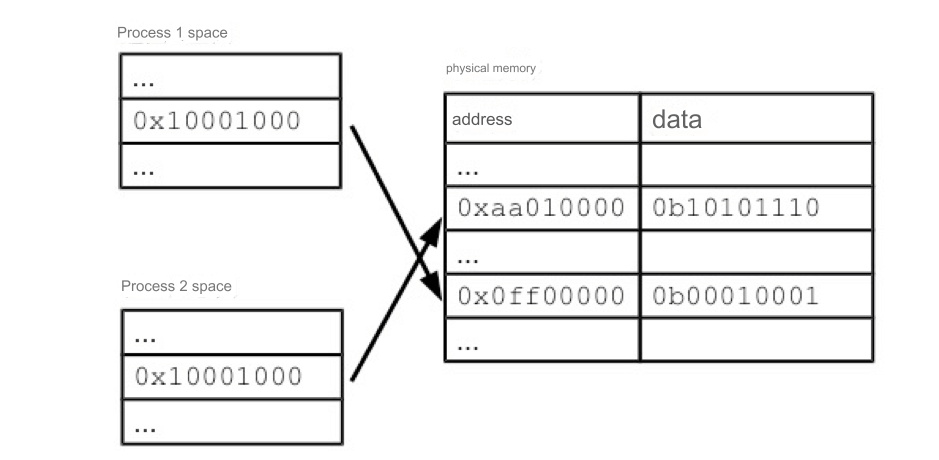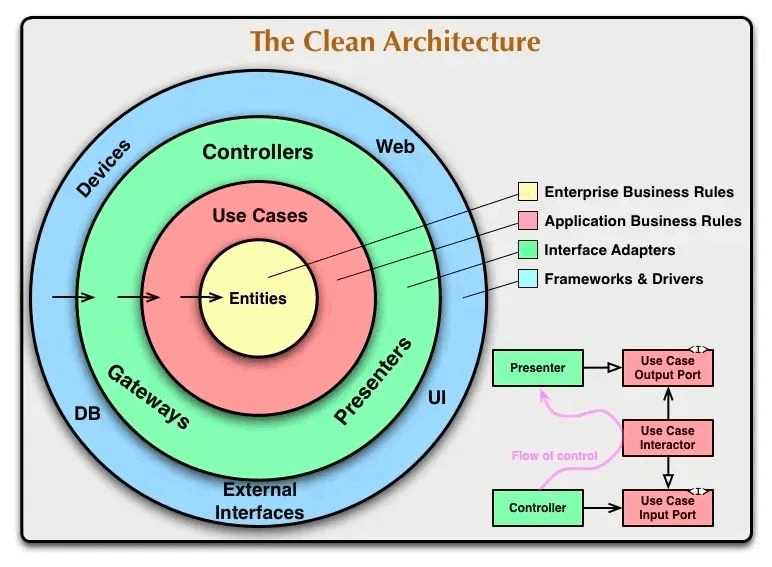Locking mechanisms are crucial in multithreaded programming because they ensure data consistency and integrity. By using these mechanisms, developers can build robust systems that safely handle concurrent operations. Additionally, locking mechanisms help avoid issues such as data corruption, lost updates, and dirty reads.
1. Introduction to Locking Mechanisms
In multithreaded programming, when multiple threads need to access and modify shared resources, data inconsistency may occur. To solve this issue, we need to introduce locking mechanisms. Locking mechanisms ensure that only one thread can access a specific resource at a time, preventing data conflicts and inconsistencies.
2. Common Locking Mechanisms
lock Keyword
In C#, the lock keyword provides a simple way to synchronize access to resources. It ensures that when one thread enters a locked section of code, other threads must wait until the lock is released.
private static readonly object _lockObject = new object();
public void SharedResource()
{
lock (_lockObject)
{
// Code to access or modify shared resources
}
}Monitor Class
The Monitor class provides functionality similar to the lock keyword but offers more flexibility. It allows you to wait or signal, enabling more complex synchronization scenarios.
Monitor.Enter(_lockObject);
try
{
// Code to access or modify shared resources
}
finally
{
Monitor.Exit(_lockObject);
}Mutex (Mutual Exclusion)
A Mutex is a synchronization primitive used across processes and can synchronize threads from different processes. This is useful for protecting resources shared by multiple processes.
Mutex mutex = new Mutex();
mutex.WaitOne(); // Wait to acquire the lock
try
{
// Code to access or modify shared resources
}
finally
{
mutex.ReleaseMutex(); // Release the lock
}Semaphore
A Semaphore is a synchronization primitive that controls access to multiple resources or resource pools. It can limit the number of concurrent accesses to a shared resource.
Semaphore semaphore = new Semaphore(initialCount); // initialCount is the number of available resources
semaphore.WaitOne(); // Wait to acquire a resource
try
{
// Code to access or modify shared resources
}
finally
{
semaphore.Release(); // Release the resource
}3. Solving Multithreading Issues
Race Conditions: When multiple threads access and modify the same resource simultaneously, race conditions can occur. By using the above locking mechanisms, we can ensure that only one thread can access the resource at any given time, thus eliminating race conditions.
Deadlocks: A deadlock occurs when two or more threads are waiting for each other to release resources. To avoid deadlocks, you can ensure that threads request locks in a consistent order or use timeouts when acquiring locks so that they can exit if unable to acquire a lock.
4. Practical Applications and Benefits
Locking mechanisms are critical in multithreaded programming because they ensure data consistency and integrity. By using these mechanisms, developers can build robust systems that safely handle concurrent operations. Additionally, locking mechanisms help avoid issues such as data corruption, lost updates, and dirty reads.
In summary, locking mechanisms are an essential part of multithreaded programming, providing developers with an effective way to synchronize access to shared resources, ensuring data security and consistency.







